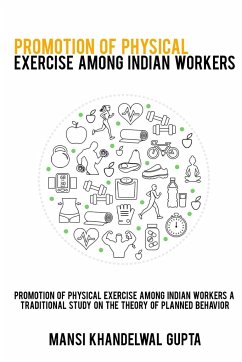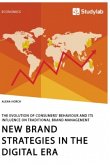INTRODUCTION Organizations are trying out ways to keep their workers' physically healthy which can lead to a healthy environment at work. But in today's technological world, sedentary lifestyle becomes the norm. With pressure at work and long working hours, there is a lack of physical exercise among workers'. The present research intends to promote physical exercise amidst these challenges faced by workers with the help of theory of planned behavior. Physical exercise has been characterized as a positive health behavior having physiological as well as psychological benefits (Hassmen, Koivula & Uutela, 2000). According to American college of sports medicine (2013), physical exercise involves planned, repetitive and structured activity, presumably with the goal of improving cardiopulmonary fitness and should be performed at least two-three times a week for at least 15-20 minutes on each occasion and with an intensity that results in increased breathing and perspiration. Such activities can make the workers' more active and responsive and organizations can gain much productivity from such active and responsible workers'. It has been observed that physical exercise, activity and physical fitness are used interchangeably (Caspersen, Powell & Christenson, 1985) but have some distinction to it. Physical Activity According to World Health Organization (2009), Physical activity is defined as any bodily movements produced by skeletal muscles that require energy expenditure. The amount of energy required to accomplish an activity can be measured in kilojoules (KJ) or kilocalories (Kcal); 4.184 kj is essentially equivalent to 1 kcal. However, Kcal is used more often and the amount of energy expended by each person is a continuous variable ranging from high to low. The total amount of caloric expenditure associated with physical activity is determined by the amount of muscle mass producing bodily movements and the intensity, duration and frequency of muscular contraction (Powell, 1988).








